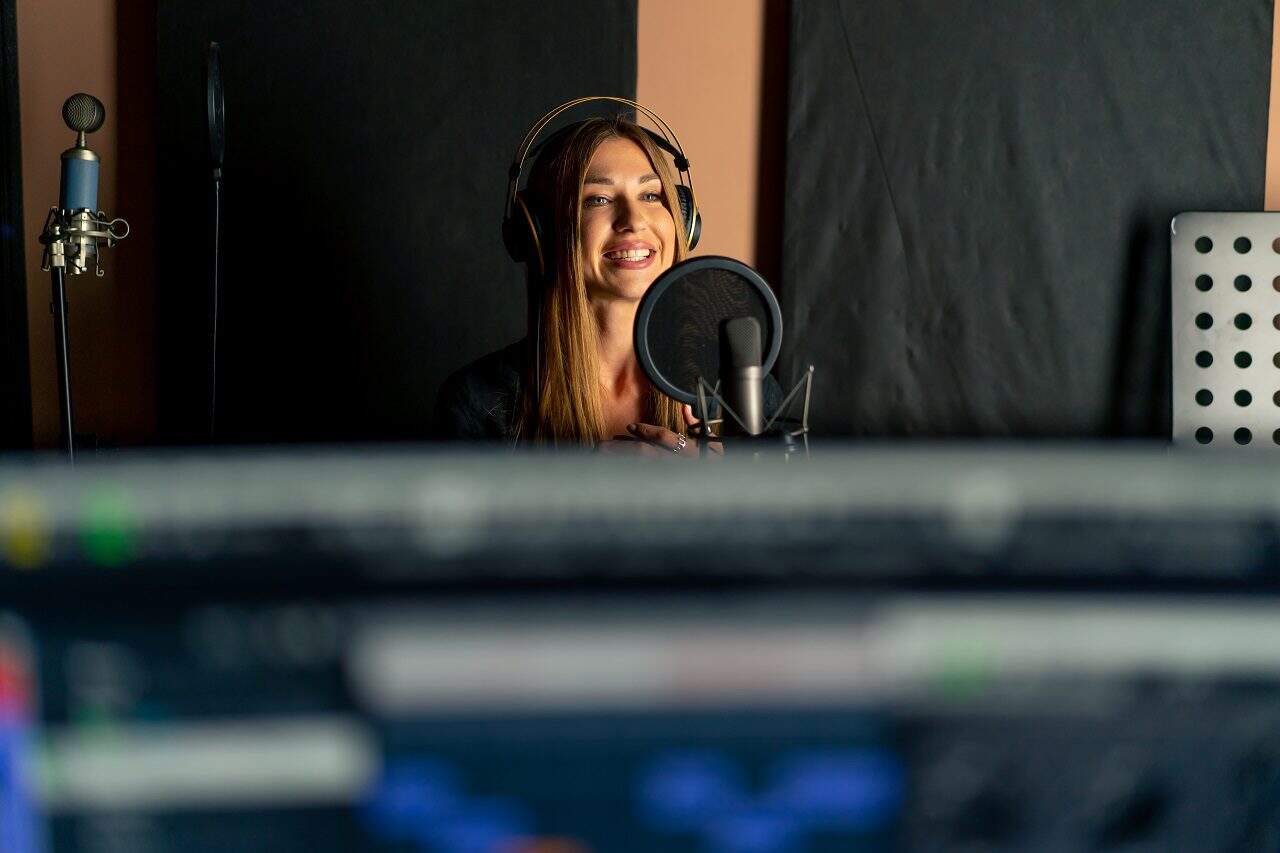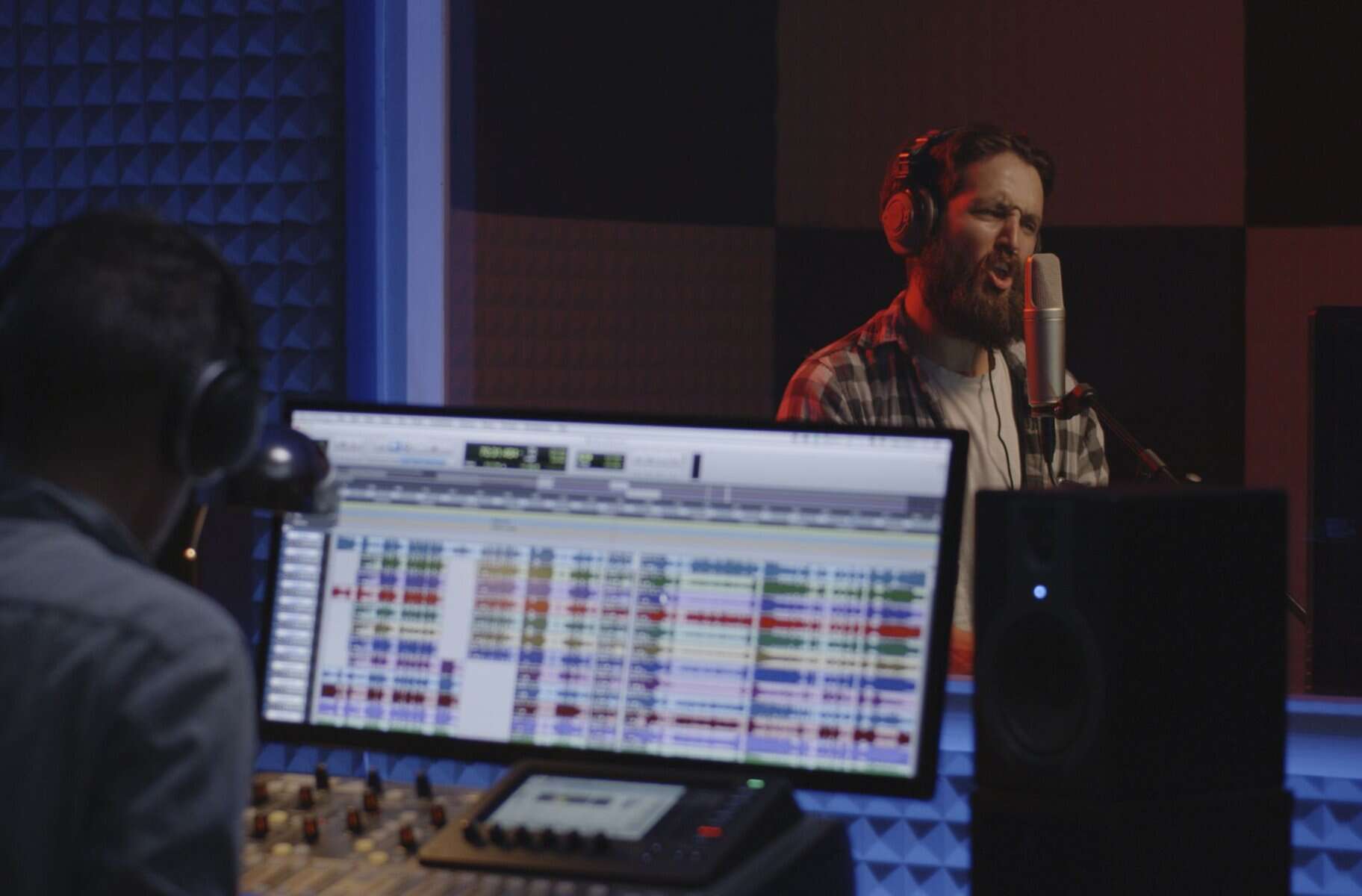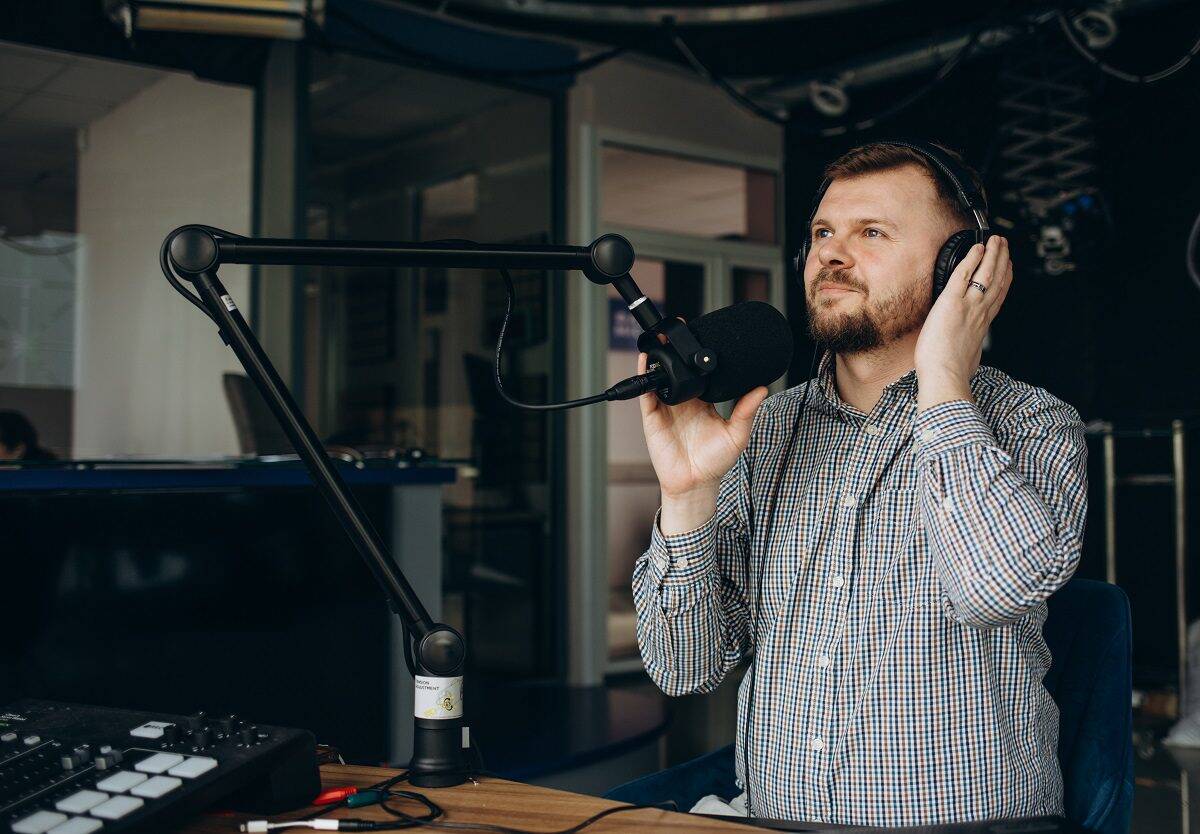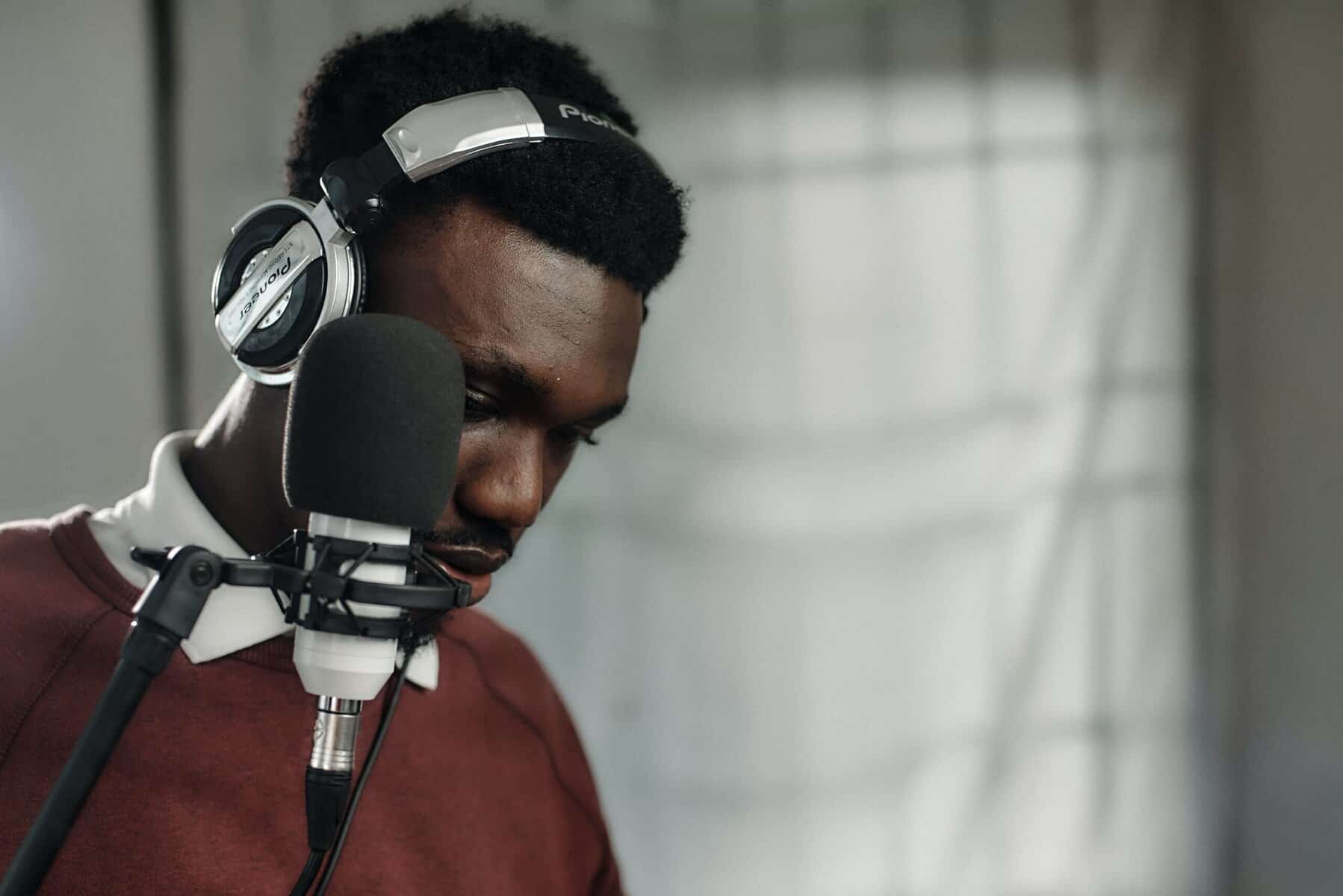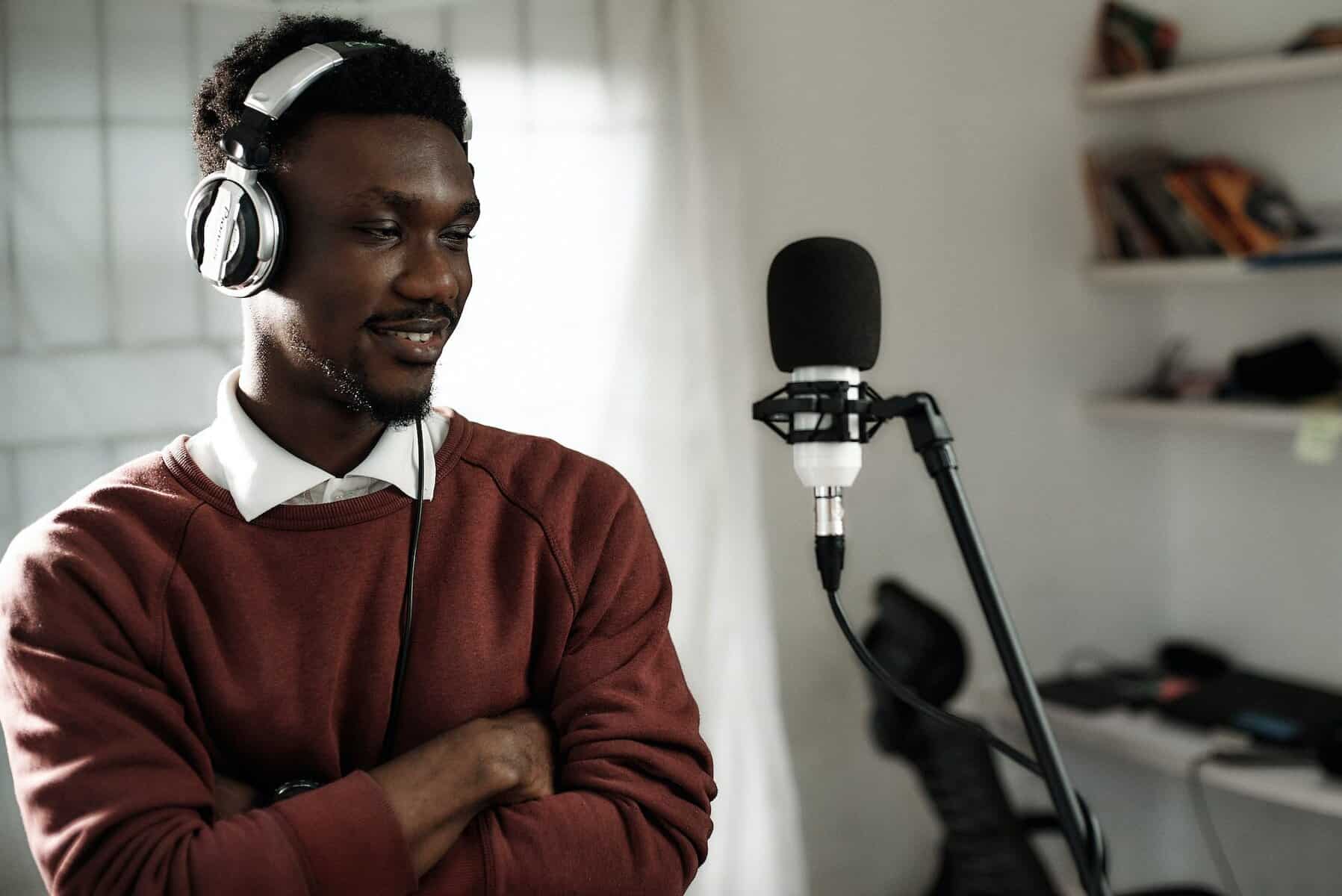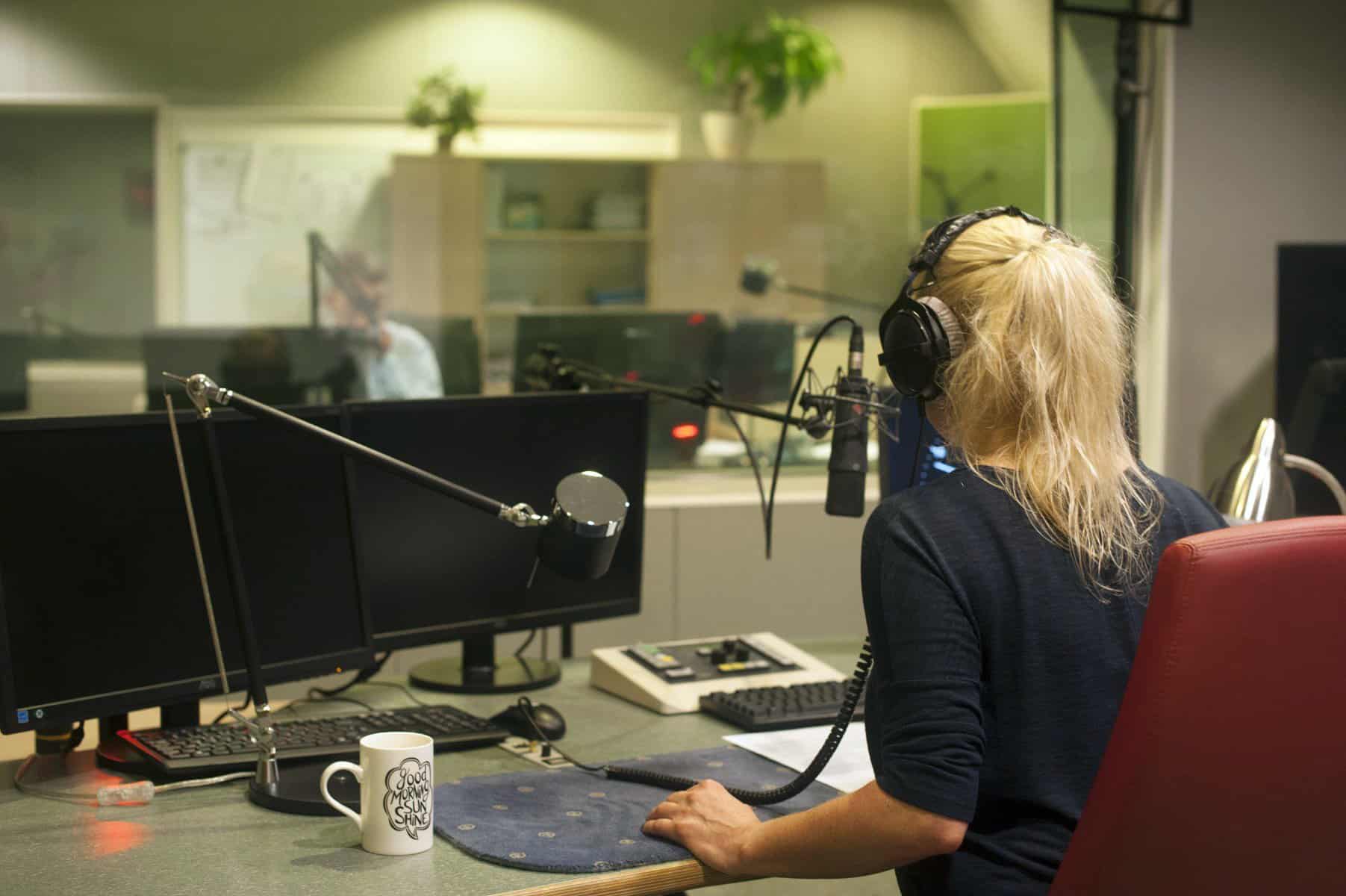Creating the perfect radio ad is an art and science. It involves capturing attention, keeping the listener engaged, and delivering a clear message. The right approach can make your brand unforgettable. One key element involves crafting an attention-grabbing opening. A strong opening hooks the listener within the first few seconds, making them want to hear more. Techniques such as a surprising fact, a funny story, or an engaging question can work wonders.
Crafting an Attention-Grabbing Opening
The first few seconds of a jingle are crucial. This is when you grab the listener’s attention and make an impact. An attention-grabbing opening sets the tone and encourages the audience to stay tuned.
Tips for Creating a Strong Opening:
1. Start with a Hook: Begin with a catchy phrase or tune. This is the part that sticks in the listener’s mind.
2. Use Unique Instruments: Incorporate distinctive sounds or instruments. Unique sounds can catch the audience’s ear and make your jingle stand out.
3. Keep It Short: Make sure the opening is brief but engaging. Long intros can lose the listener’s interest.
4. Match the Brand’s Energy: Your opening should reflect the brand’s personality. Whether it’s upbeat, fun, or soothing, it should align with the brand’s image.
Examples of Effective Openings:
1. Soft Start for Relaxing Brands: Use soothing tones and gentle melodies to draw in the listener.
2. Loud and Bold for Energetic Brands: High-energy openings with strong beats can capture attention quickly.
A strong opening makes a good first impression and sets the stage for the rest of the jingle. By focusing on these tips, you can create an engaging and memorable start to your jingle.
Effective Use of Voice Talent and Tone
Voice talent and tone play a vital role in how a jingle is perceived. The right voice can convey the brand’s personality and message effectively. Choosing the right tone ensures the jingle resonates with the target audience.
Steps for Choosing the Right Voice Talent:
1. Know Your Audience: Understand who the jingle is aimed at. This helps in selecting a voice that appeals to the target demographic.
2. Match the Brand’s Personality: The voice should reflect the brand’s character. A playful brand might need a cheerful voice, while a luxury brand might require a more sophisticated tone.
3. Consider Gender and Age: Depending on your audience, the gender and age of the voice talent can make a big difference.
4. Listen to Demos: Review several voice samples before making a choice. Ensure the voice talent can deliver the desired tone and emotion.
Types of Tones:
– Cheerful and Upbeat: Perfect for brands that want to convey energy and excitement.
– Calm and Soothing: Ideal for brands aimed at relaxation or wellness.
– Authoritative: Best for brands that want to show expertise or reliability.
Recording Tips:
– Provide Clear Direction: Give the voice talent detailed instructions on the tone, pace, and emotion required.
– Multiple Takes: Record multiple versions to find the best fit.
– Consistency: Ensure the tone remains consistent throughout the jingle.
Integrating Memorable Jingles and Sound Effects
Sound effects can make a jingle more engaging and memorable. The right sound effects can enhance the melody and support the message. Let’s look at how to use them effectively.
Tips for Using Sound Effects:
1. Enhance, Don’t Overpower: Use sound effects to complement the jingle, but make sure they don’t overshadow the melody or the message.
2. Match the Brand’s Theme: Choose sound effects that align with the brand’s identity. For example, a tech brand might use digital beeps, while a nature brand could use sounds like birds chirping.
3. Be Selective: Less is more. Too many sound effects can clutter the jingle. Pick one or two that add the most value.
4. Timing: Place sound effects strategically within the jingle. They should punctuate key moments, like the end of a phrase or a point of emphasis.
Examples of Effective Use:
1. Jingle Bells for Holidays: Adds a festive touch to seasonal ads.
2. Car Horn for Automotive Ads: Instantly conveys the automotive theme.
3. Cash Register Sound for Sales: Signals deals and discounts effectively.
Optimizing Call-to-Actions for Maximum Impact
A great jingle ends with a strong call-to-action (CTA). The CTA directs the listener on what to do next. An optimized CTA can convert interest into action, making it a crucial part of jingle production.
Steps to Optimize CTAs:
1. Be Clear and Direct: Specify exactly what you want the listener to do. Whether it’s visiting a website, calling a number, or visiting a store, make it clear.
2. Keep It Short: Make the CTA brief. Long-winded CTAs can be confusing and less effective.
3. Use Strong Verbs: Action verbs like “call,” “visit,” or “shop” create a sense of urgency and encourage immediate action.
4. Repeat the CTA: Repeat the call-to-action to make sure the listener remembers it.
Effective CTA Examples:
1. Call Now: Encourages immediate response.
2. Visit Our Store: Directs people to a physical location.
3. Buy Today: Creates a sense of urgency for purchases.
Placement Tips:
1. End Strong: Place the CTA at the end of the jingle where it is most likely to be remembered.
2. Consistent Messaging: Make sure the CTA aligns with the overall message of the jingle.
Conclusion
Crafting fun and memorable jingles involves several key steps – from an attention-grabbing opening to the effective use of voice talent, sound effects, and a powerful call-to-action. Each component plays a vital role in ensuring the jingle is not only catchy but also conveys the brand message clearly and prompts the desired action from listeners.
At Killerspots Agency, we specialize in creating jingles that leave a lasting impact. Our team understands the nuances of radio ad production and works closely with you to produce something truly memorable. Ready to create a jingle that will make your brand unforgettable? Contact us today, and let’s bring your vision to life!



